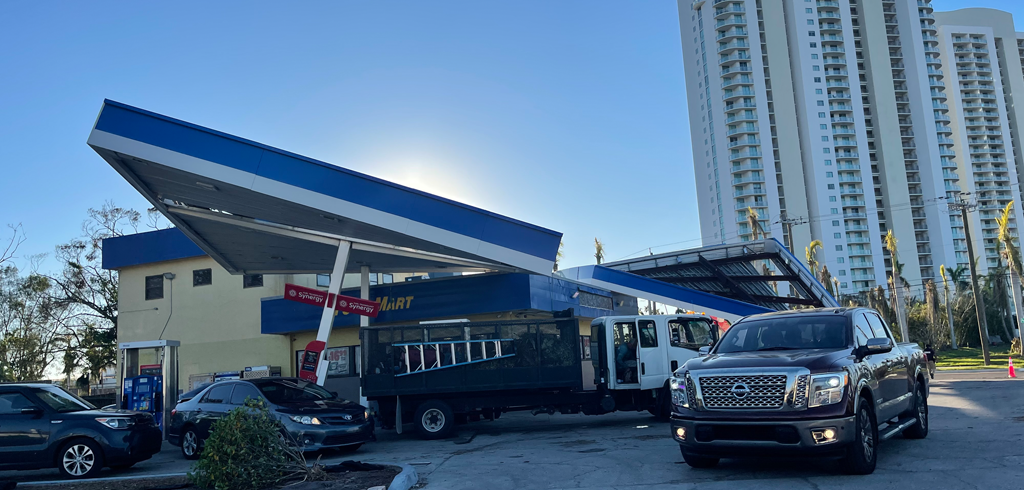Condo Vs. Townhouse Construction: 5 Key Differences

When considering a new home, the decision between a condo and a townhouse can be a challenging one. Understanding the key differences is essential to making the right choice.
In this article, we look into the difference between the condo vs. townhouse construction by highlighting five key differences that impact everything from privacy to maintenance. Whether you’re buying in an urban area or a suburban neighborhood, knowing these differences will help guide your decision-making process.
Building Style and Footprint
The architectural layout is a major contrast between the two. Townhomes are commonly constructed in vertical rows, sharing one or two walls with neighboring units. Each one generally features its own private entrance and often spans multiple stories.
Condos, however, may resemble apartment-style buildings or low-rise complexes, sometimes with shared hallways and common entrances.
This variation can change how utilities, noise, and privacy are experienced. Square footage and unit placement can also influence natural light access, roof maintenance scope, and HVAC system designs.
Construction Requirements and Inspection Needs
From a building perspective, condos usually involve more centralized systems. Plumbing, HVAC, and electrical infrastructure often serve multiple units. That setup demands specialized coordination and regular assessments, especially in multi-story structures.
Townhomes, meanwhile, often follow independent system design. Each unit may house its own HVAC or water heater, simplifying repairs but increasing the number of components that require inspection.
Services such as engineering assessments and inspections can help both condo and townhouse communities evaluate system performance and construction quality.
Association Responsibilities and Budgeting
Community associations function differently in these setups. In condominiums, the HOA generally manages shared spaces and large-scale repairs. Townhome communities may operate under less centralized oversight.
In many cases, townhome owners must budget for roof repairs, exterior paint, and other structural issues themselves. Reserve planning becomes vital either way.
A reserve study can offer insight into upcoming costs and help boards forecast future financial demands based on construction type and aging materials. The long-term budget for each type depends on what the owner must fund individually versus what gets pooled into collective planning.
Insurance and Liability Differences
Insurance needs also differ by construction. Condo owners usually purchase coverage for the interior, while the association ensures the outer shell and communal elements.
In a townhouse, an individual policy may need to cover everything, including the roof, windows, and structure. These distinctions affect not only costs but also how damage claims are handled when weather, age, or construction flaws come into play.
For prospective buyers or board members, knowing what’s covered and what’s not can avoid costly surprises down the road.
The Physical Realities Matter
The condo vs. townhome comparison often focuses on lifestyle, but construction differences have real consequences. From noise levels to repair timelines, the materials and layout influence everyday living and long-term upkeep.
Knowing how a property is built gives residents a stronger grasp on future expenses and responsibilities. What’s behind the walls and above the ceiling matters as much as any decorating design choice.
Know What You’re Buying and What You’re Responsible for
Whether it’s identifying faulty workmanship or evaluating aging exteriors, our experts at Stone Building Solutions bring facts to the surface. We serve as objective guides for communities that want accuracy and insight—not assumptions.
Let us assess your property’s structural integrity, guide your next renovation plan, or support your long-term reserve strategy. Curious about the construction quality behind your walls or roofline? Let’s talk. Contact us at your earliest convenience.
